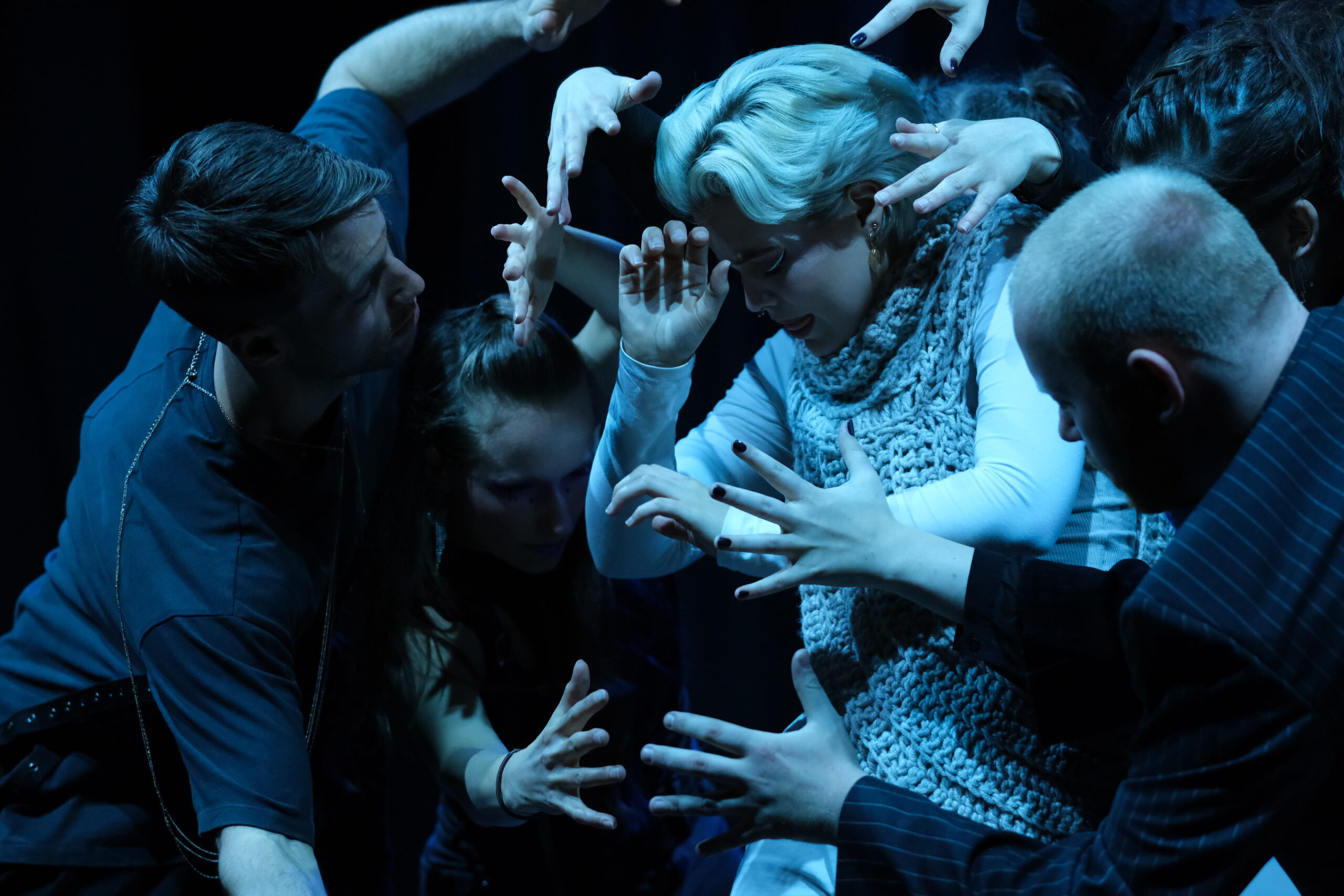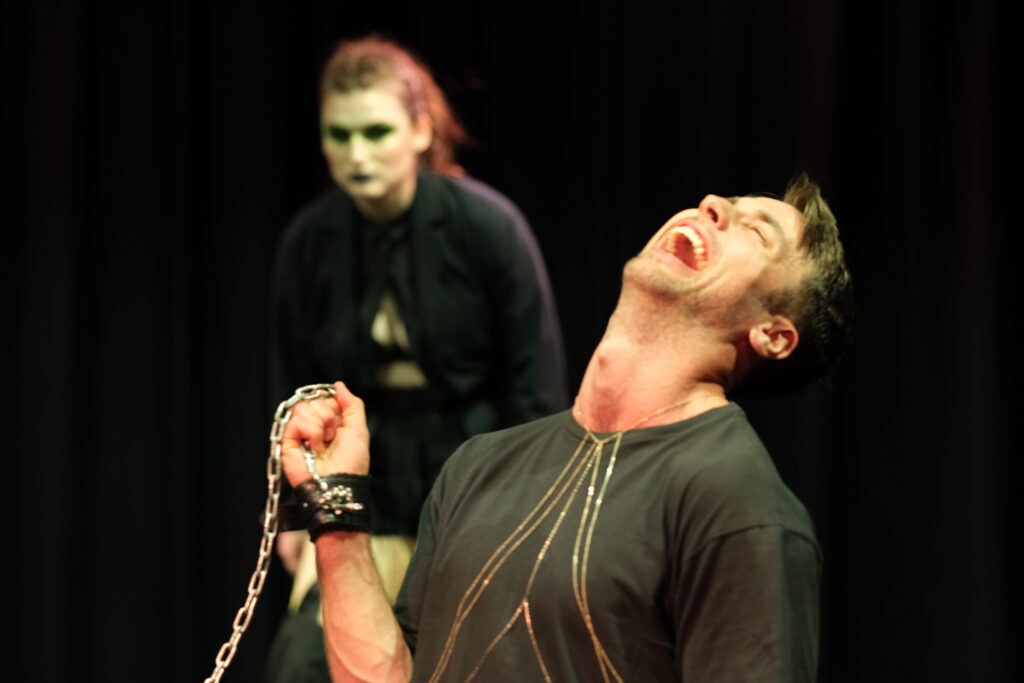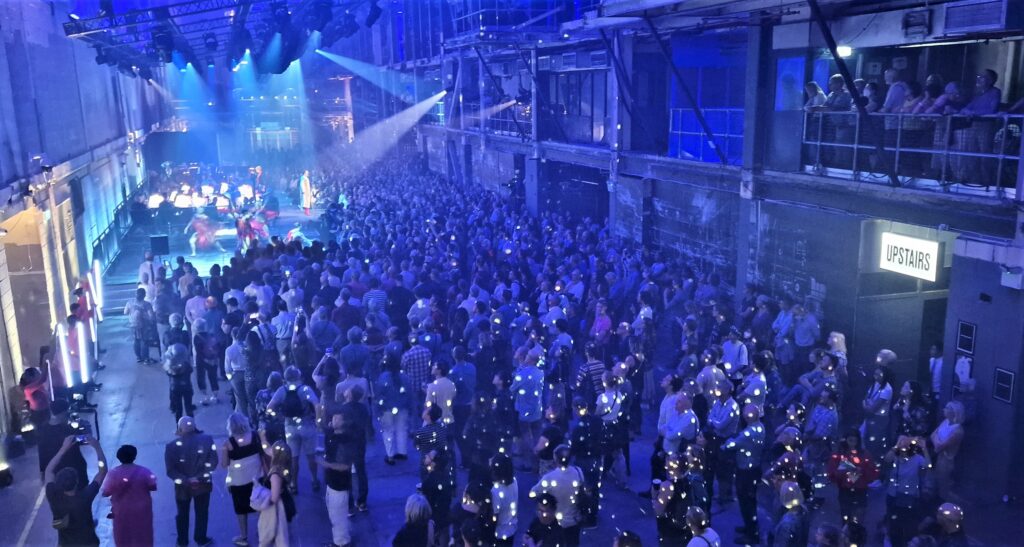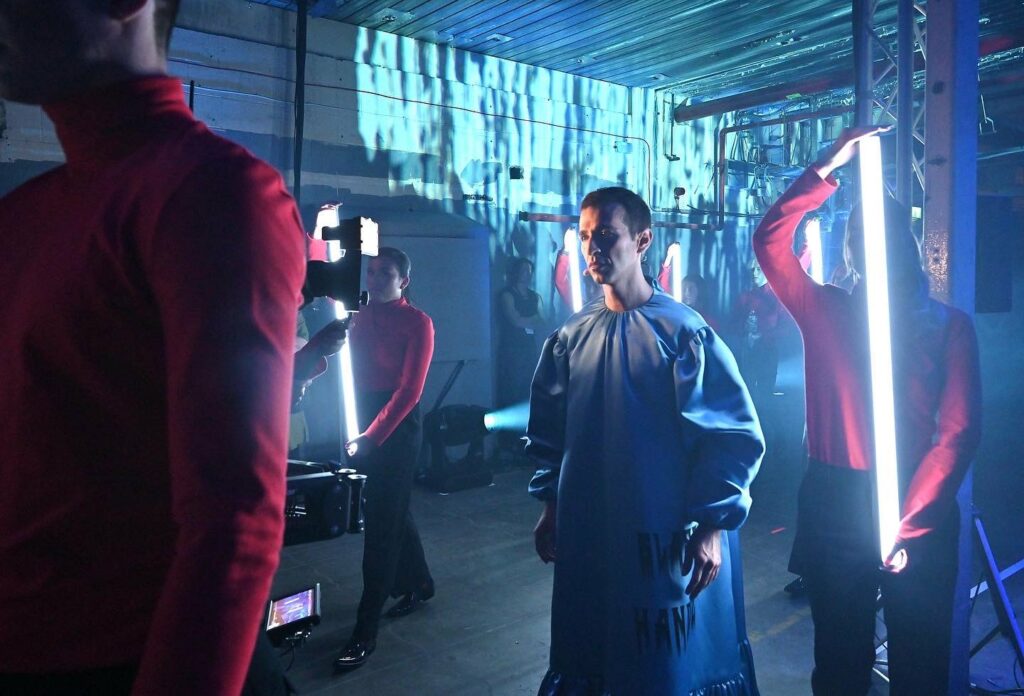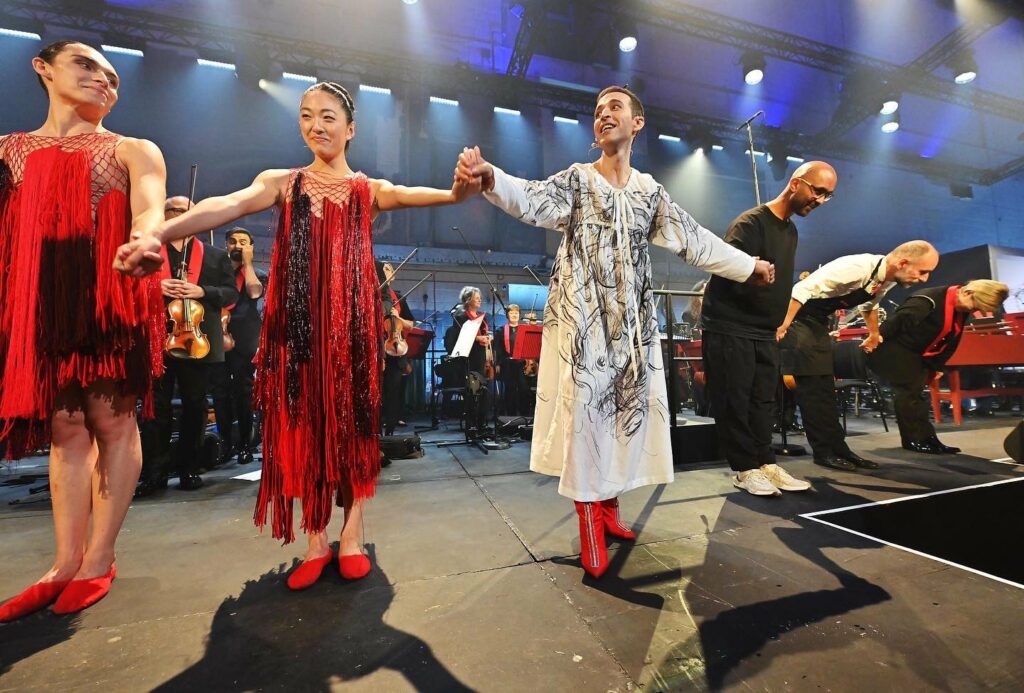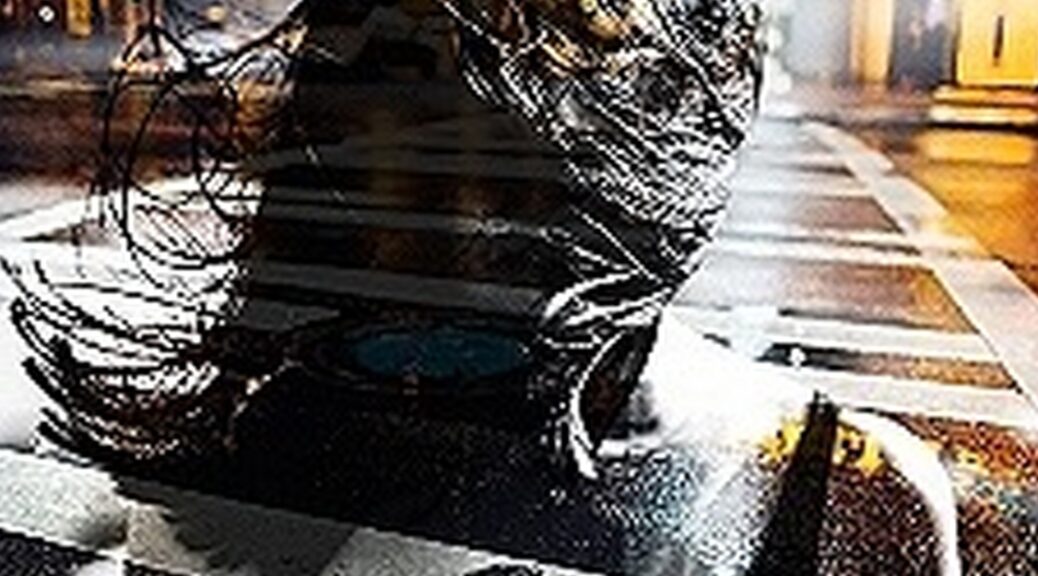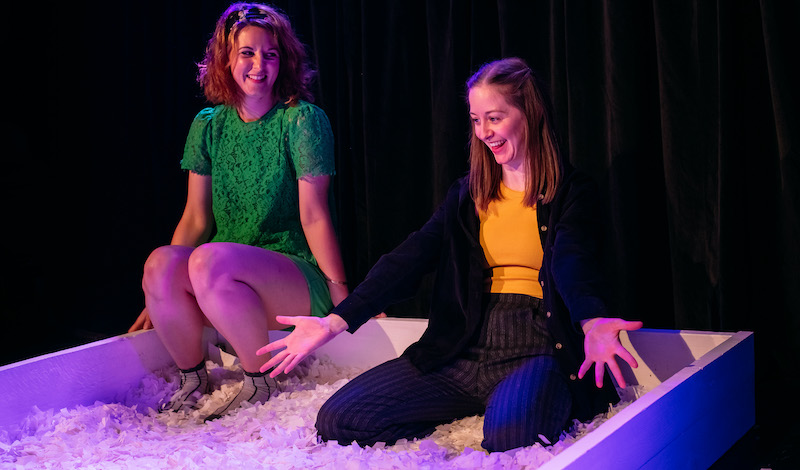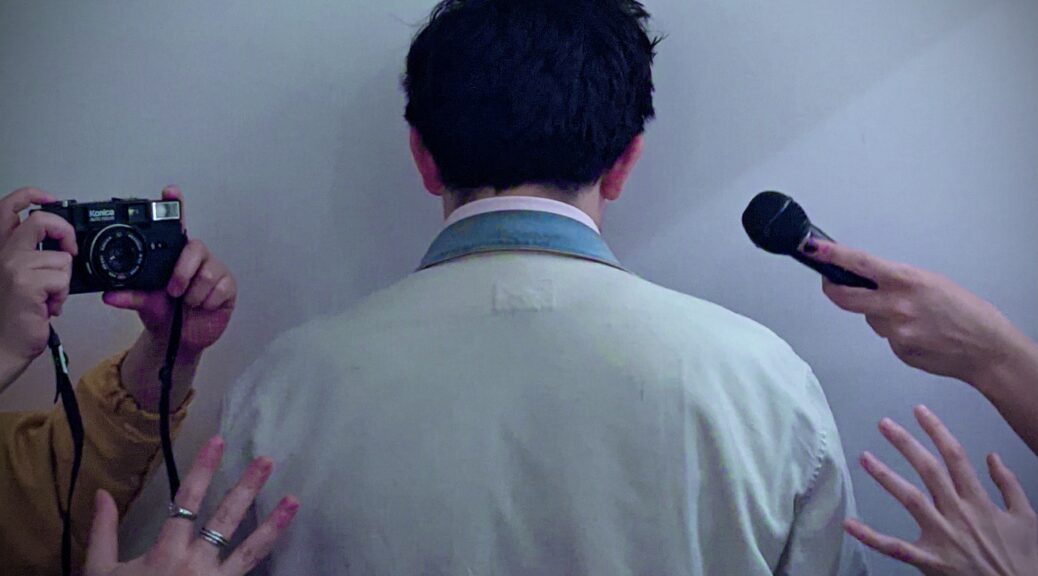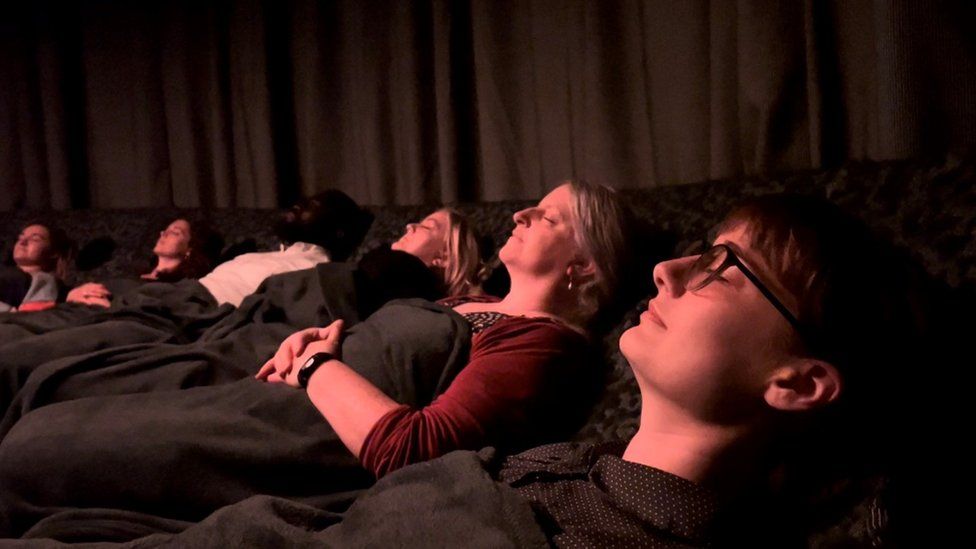 (5 / 5)
(5 / 5)
I’m going to begin this review with a very strong opening. A strong, and 100% deserved opening: If there is one thing you do this year, it’s go and see The Rest of Our Lives.
The Rest of Our Lives is a post-pandemic show in some respects but it isn’t about the pandemic. It is a question of what we do after a monumental change in our lives. How do we cope, move on, return to life as we know it. How do we enjoy it and laugh, and love, and cry. How do we become us again. How do we create community again.
This brilliant show is prime example of the unique, inspirational and exquisite style of performance that comes only from the Welsh theatre and arts scene. Perhaps some bias in my admiration for Jo Fong that has stemmed since my own performance training years in Wales, I still stand by the genius and beauty behind this piece with George Orange.
The Rest of Our Lives is a physical theatre, multi-media, dance and movement piece. It is comical, warm, open and personal. There is no barrier between us and the performers – we are welcomed and treated as friends, making regular eye contact and somehow having a feeling of a personal relationship with the performers, as if we were in their living room of an evening.
Physically, the performance was abstract yet gentle and evoked any emotion from hilarity to sadness. The performers pushed themselves to the limits and broke physical and environmental boundaries without a sense of fear or hesitation. There was many a moment that I found myself crying at how moved I was at their portrayal of normal human elements such as romance and pain, and how I would soon be laughing and smiling through my tears. I didn’t feel like an audience member – I was a friend, a family member, some one close and welcomed and it was such a unique and beautiful feeling and created so simply yet mysteriously – that space felt safe as soon as we came in and I still can’t pinpoint why; the signs of a successful production.
Audience interaction is a huge part of this show and it continues the feeling of inclusion in the action, with no formality to any of the proceedings or interaction. It created an almost immersive atmosphere that you never wanted to end. Finishing the production, we are welcomed onto the stage where we dance and sing to Donna Summer and congratulate Fong and Orange. Hardly any of us know one another but there we hugged, we held hands, we sung together as if we were in Karaoke and all of it was euphoric, beautiful and special.
The Rest of Our Lives is a triumph of theatre, dance and physical theatre. It is everything and more that Welsh theatre brings to the table and is unlike anything I have ever seen. It reminds us of who we are and once were and brings us together as humans and friends.
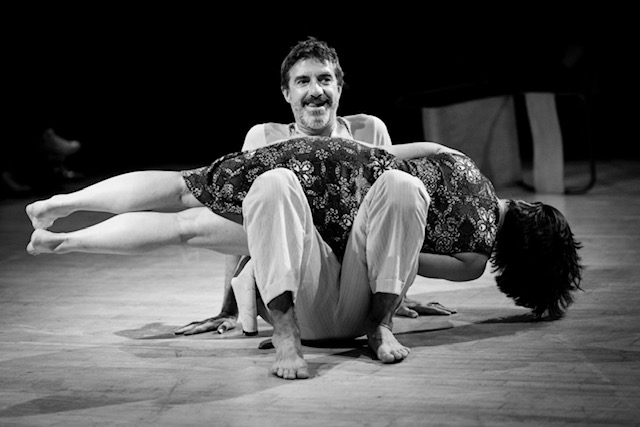

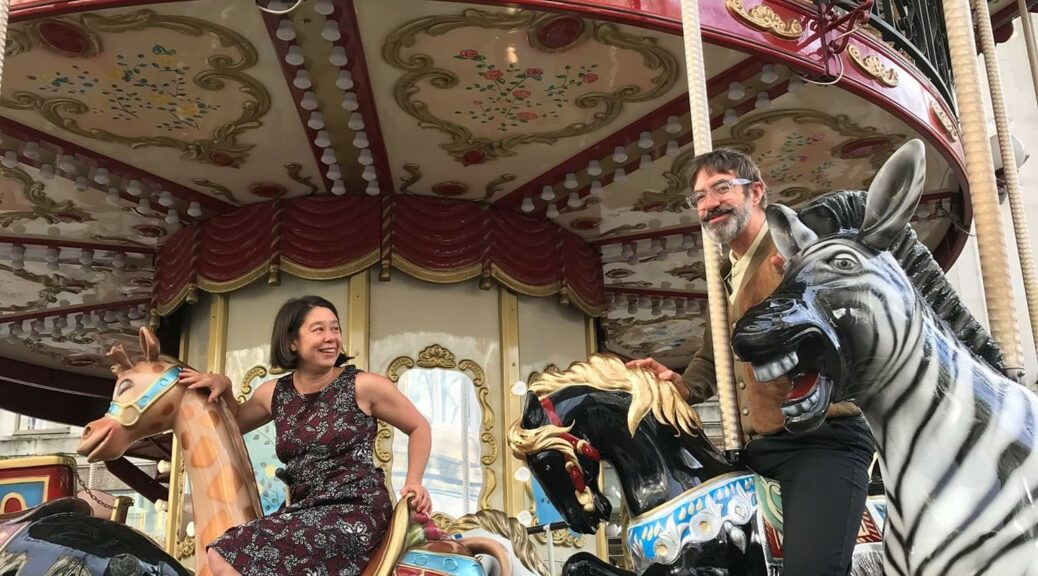

 (4 / 5)
(4 / 5)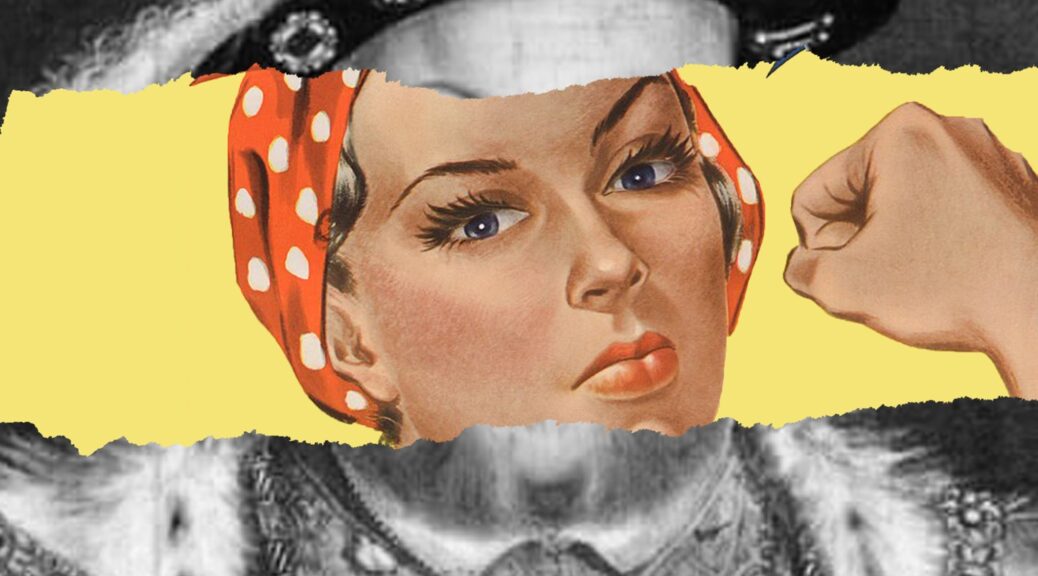
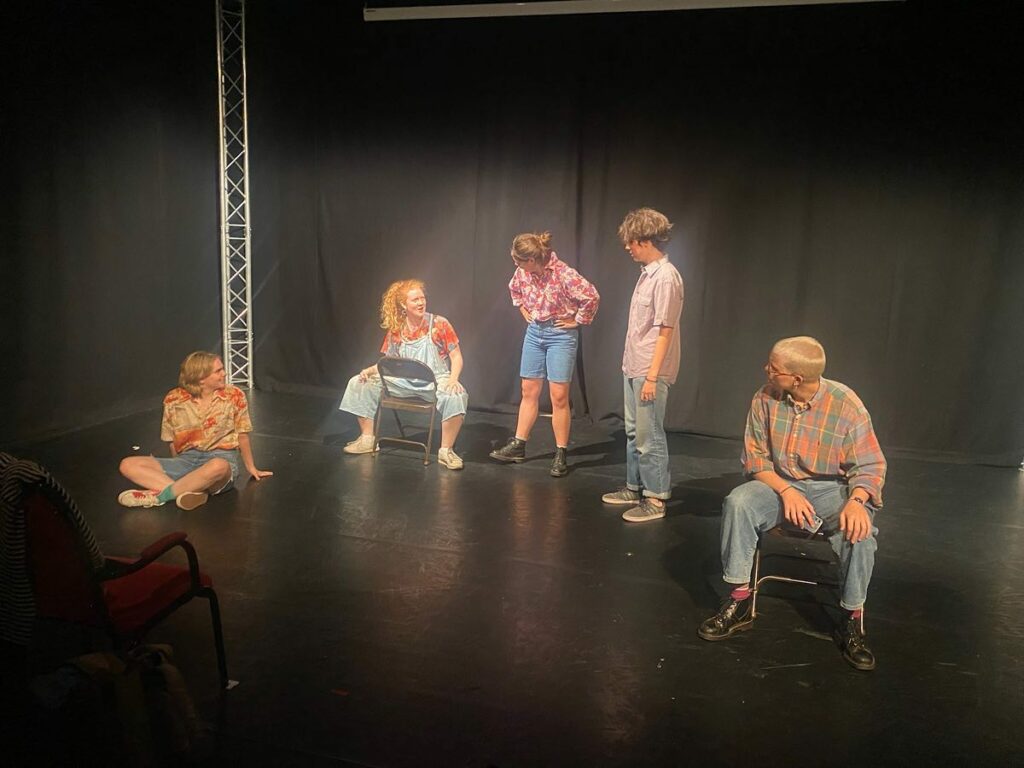
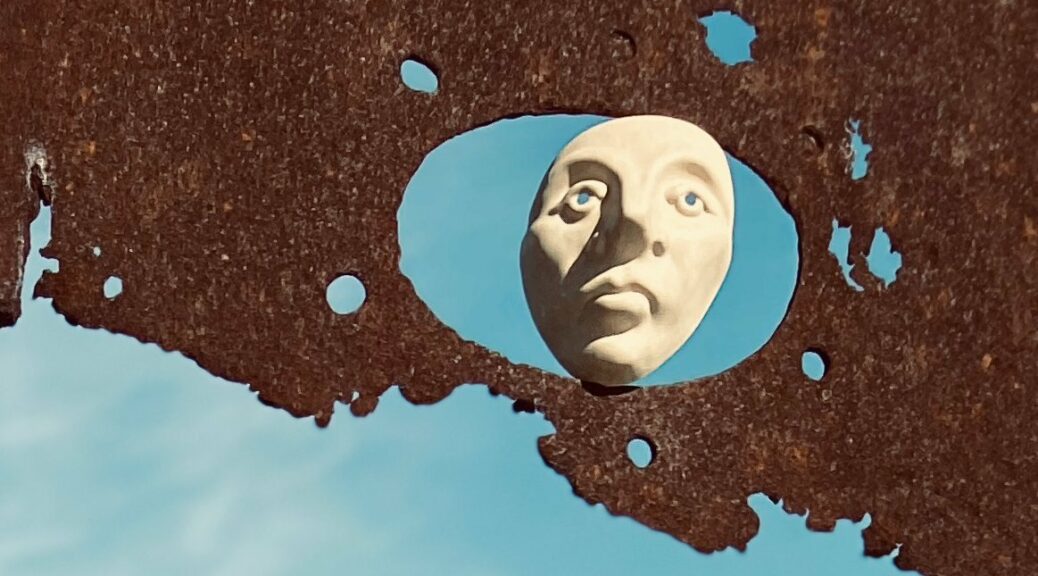
 (3 / 5)
(3 / 5)
